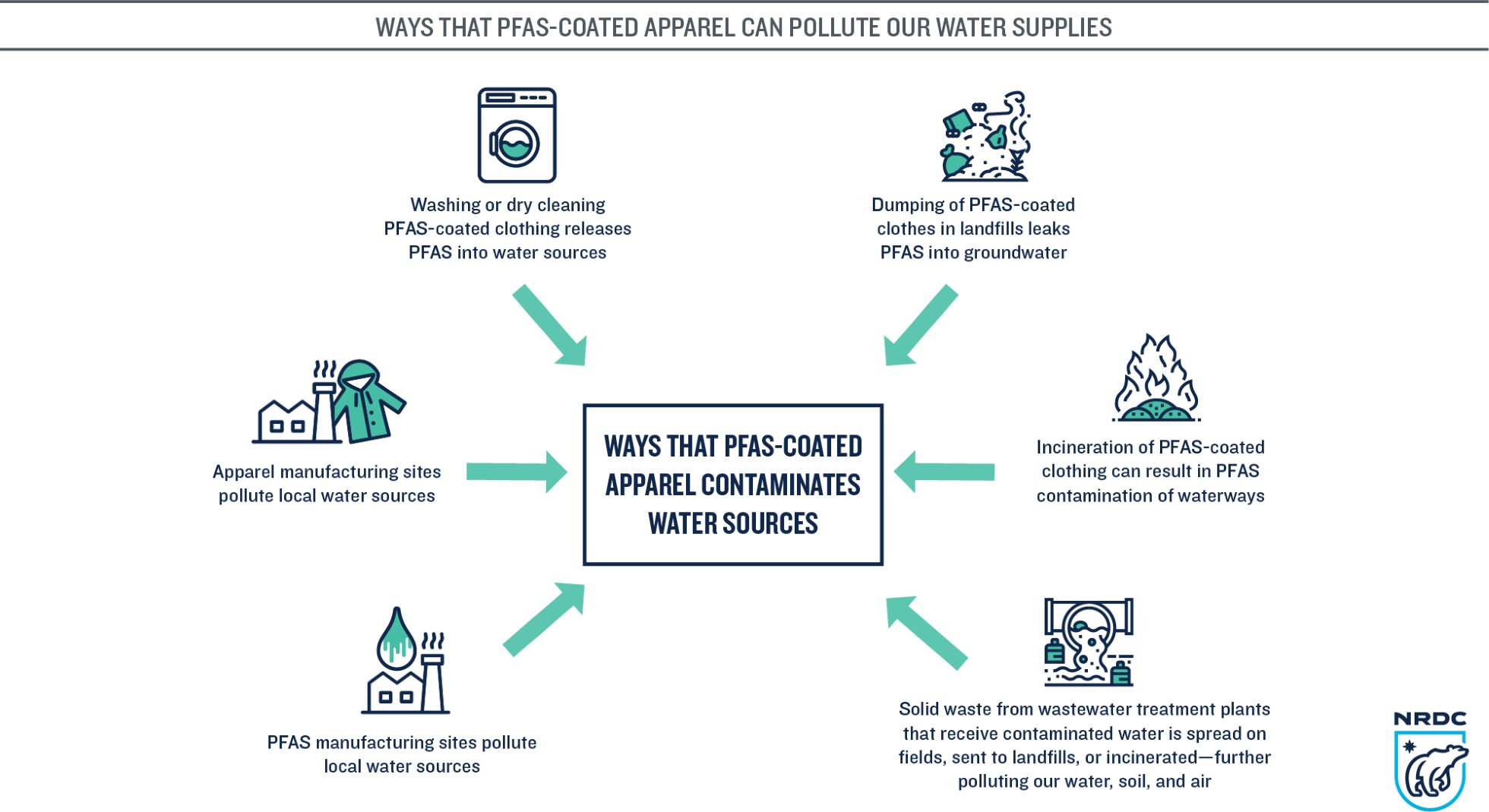Sixteen months after Maine enacted a first-in-the-nation law aimed at eliminating use of most per- and polyfluoroalkyl substances (PFAS) by 2030, the phased-in ban faces its first major milestone. By January 1, 2023, manufacturers of PFAS (or companies that place their brands on products containing intentionally added PFAS) must report to the Maine Department of Environmental Protection (DEP) documenting the purpose and amount of each PFAS compound used.
Some members of the business community are pushing back on this deadline, citing lack of DEP rulemaking, difficulty getting proprietary chemical information, and challenges in testing materials for the thousands of PFAS in commercial use. Many companies recently received a six-month extension from the state, and more are expected to seek one by year-end.
In June, the Maine State Chamber of Commerce submitted a letter to the DEP requesting extensions on reporting, followed shortly by a letter from more than 50 trade associations and manufacturing corporations (along with the State Chamber and two local businesses).
Both letters were signed by the American Chemistry Council, a trade association representing chemical manufacturers, including those that produce PFAS such as 3M, Chemours (a company spun off from DuPont in 2015 to run its chemicals division) and Daikin America Inc. The Council criticized the original bill in 2021 testimony, and its senior director of product communications, Tom Flanagin, recently wrote in response to questions from The Maine Monitor that “This misguided law will have dramatic effects throughout supply chains in and outside of Maine… We continue to engage with Maine DEP and with State lawmakers to look for constructive solutions that will protect Maine families and businesses from this misguided legislation.”
Costs that go far beyond reporting
Adam Nordell, a campaign manager for the Maine nonprofit Defend Our Health, has noted that the protection Mainers need is from the ongoing threat of persistent toxic chemicals. Nordell and Johanna Davis ran a thriving organic farm in Unity for seven years, until PFAS contamination from historic sludge-spreading forced its closure and left them with toxic body burdens akin to those of industrial chemical workers.
RELATED: Coping with the inescapable toxicity of PFAS
While the PFAS reporting requirement is presented as “an onerous burden to business,” Nordell said, “this crisis is so expensive for Maine.” The costs of testing chemicals before their use should fall on those who manufacture them, he added; everything sold needs to undergo a “thorough safety audit.”
Reporting extensions — even for those unaware they asked
The product reporting requirement offers consumers more information about where they’re exposed to PFAS. Using the state’s publicly accessible database, people will be able to research whether PFAS are in items they routinely buy and use. The legislation also includes a reporting fee to help cover testing and remediation for the growing number of Maine communities affected by PFAS contamination.
The DEP can grant deadline extensions for individual manufacturers if it determines a given entity needs more time. In late October, the department granted six-month extensions to more than 1,000 businesses, six trade groups, and even a nonprofit, whose executive director was surprised to hear it was on the list.
According to the Bangor Daily News, some businesses granted extensions were equally unaware and either had no need to report or had been planning to comply with the January deadline. The Maine Marine Trades Association had provided the DEP a list of any members it thought might potentially sell retail products, its executive director Stacey Keefer wrote in a November 9 press statement.
The department has denied extensions to four chemical manufacturing corporations — 3M, 3M Marine, BASF and Chemours — telling them in letters shared by the DEP that being “a direct manufacturer of the chemicals as a product you would be uniquely well situated to comply” with the new law.
The DEP did grant an extension to Daikin America Inc., a PFAS manufacturer that supplies chemicals used in food packaging papers like those made at several Maine mills, according to a report from the nonprofit Toxic-free Future. In response to an inquiry, DEP spokesperson David Madore wrote that “Daikin has many products other than chemicals that include components manufactured by others.”
Nordell wants to see businesses demonstrating their concern for the well-being of consumers by moving quickly to report on PFAS and finding safer alternatives. “When we’re protective of human health,” he said, “it’s always an economic benefit in the long run.”

Ridding outdoor apparel of PFAS
Last April, three national nonprofit organizations — NRDC, Fashion FWD and the U.S. PIRG Education Fund — put the spotlight on an industry heavily reliant on PFAS, grading national outdoor apparel retailers and brands based on factors such as their timelines for phasing out PFAS and their PFAS labeling and testing protocols. The report highlights some notable leaders, like Levi Strauss & Co., but 18 of the 30 surveyed received low marks – including L.L. Bean (a “D”) and New Balance (a “C-”).
L.L. Bean could likely improve its score by moving up its timeline for eliminating PFAS and/or having clear labeling of products containing PFAS, noted Yiliqi, an NRDC scientist and report co-author. The company anticipates “full elimination of all PFAS from our products” by 2026, wrote Jason Sulham, L.L. Bean’s manager of public affairs. A decision to label products in the interim hinges on testing, and the company is working with suppliers “to test over 300 materials to identify the exact PFAS chemistry.”
“Unfortunately, the technology to test at that level of detail is not yet available,” Sulham wrote, and the limited PFAS testing labs are overwhelmed. “These challenges will take time to solve, but L.L. Bean is committed to that work and the law’s primary intent of permanently eliminating PFAS. The health of our customers and our environment demands it.”
Given testing difficulties and uncertainty with the law’s implementation, L.L. Bean recently decided to request an extension on the January 1 reporting deadline, Sulham indicated.
This project was produced with support from the Doris O’Donnell Innovations in Investigative Journalism Fellowship, awarded by the Center for Media Innovation at Point Park University in Pittsburgh, Pa.








